
🧠 Medical Marvel: The Bullet That Accidentally Cured Severe OCD
🧠 Medical Marvel: The Bullet That Accidentally Cured Severe OCD
The Unbelievable True Story of "George" and His Self-Inflicted Radical Surgery
The case of a 19-year-old Canadian man, known in medical records simply as "George," stands as one of the most astonishing and unsettling stories in the history of neuroscience and psychiatry. Occurring in 1983, his experience provided a dramatic, albeit tragic, insight into the biological underpinnings of Obsessive-Compulsive Disorder (OCD).
🛑 The Agony of Intractable OCD
At 19, George was suffering from a devastating, extreme form of OCD that had completely taken over his life. His primary obsession was an overwhelming, crippling fear of germs and contamination.
This obsession manifested into severe, debilitating compulsions:
-
Excessive Washing: George was compelled to wash his hands literally hundreds of times per day. This ritualistic behavior was so intense that it left his skin raw, cracked, and painfully inflamed.
-
Social Isolation: The time spent on his rituals, coupled with the sheer distress of the illness, forced him to drop out of school and subsequently lose his job, leading to profound isolation and severe depression.
-
Loss of Hope: His life was controlled entirely by the relentless loop of obsessive thoughts and compulsive actions, making any semblance of a normal future seem impossible.
💔 A Tragic Decision and an Unintended Cure
One day, overwhelmed by his condition and reportedly deeply hurt by harsh words from his mother, George reached a breaking point. In a state of utter despair, he made the tragic decision to end his life. He attempted suicide by shooting himself in the front of his head with a .22-caliber rifle.
The bullet, however, did not cause instant fatality. Instead, it lodged in his left frontal lobe—the very region of the brain that neuroscientists now widely associate with the pathological circuitry of OCD, specifically the connections within the orbitofrontal cortex, the caudate nucleus, and the thalamus (Source: NIH, PMC).
He was rushed to Shaughnessy Hospital in Vancouver, British Columbia, where surgeons successfully removed most of the projectile, though minor fragments remained.
✨ The Astonishing Aftermath
As George recovered from the physical trauma, doctors were baffled by the psychological outcome.
-
Cognition Intact: Astonishingly, his intelligence, memory, personality, and other higher-level cognitive functions were completely unaffected. There was no sign of the typical "frontal lobe syndrome" that can result in behavioral changes or apathy.
-
OCD Vanishes: Within three weeks of the incident, the obsessive fears and compulsive behaviors that had dictated his life for years were almost entirely gone. The mental chains had simply vanished.
The doctors had accidentally witnessed a radical cure.
🔬 An Accidental "Radical Surgery"
The medical community, including the University of British Columbia (UBC) physicians who documented the case, described George's experience as an extraordinary, self-inflicted form of "radical surgery" or leucotomy (Source: PubMed, A case of self-inflicted leucotomy).
Historically, psychosurgery like the lobotomy was performed to sever or damage neural connections in the frontal lobe to treat severe, otherwise intractable psychiatric illnesses. While highly controversial, the procedure aimed to disrupt the pathological loops driving the symptoms.
In George’s case, the bullet acted with uncanny precision, damaging only the specific neural pathways responsible for his disorder while preserving his intellect and core personality. The damage served as a highly targeted, though accidental, lesion that interrupted the hyperactivity often observed in the fronto-striatal circuits of OCD patients (Source: PMC, NIH).
🚀 A Life Transformed and Its Scientific Significance
Over the next few years, George completely rebuilt his life, demonstrating remarkable resilience:
-
He successfully completed high school.
-
He enrolled in university, earning straight-A grades.
-
He secured a stable and productive job.
George’s astonishing recovery provided a critical, albeit macabre, piece of evidence supporting the biological model of OCD—that the disorder is rooted in specific, identifiable dysfunctional brain circuits. His case continues to be studied as a natural lesion model, illustrating how disrupting a small, targeted area of the brain can profoundly alter psychiatric illness while leaving other functions intact. This knowledge has since been crucial in the development of modern, highly precise neurosurgical techniques for refractory OCD, such as Deep Brain Stimulation (DBS) and targeted capsulotomy, which aim to replicate this selective lesion effect in a controlled, therapeutic manner (Source: PMC, The prefrontal cortex and neurosurgical treatment for intractable OCD).
George's story remains one of the most remarkable medical mysteries ever recorded, demonstrating the unpredictable and complex nature of the human brain.
📚 Credible Sources for Further Reading
-
A case of self-inflicted leucotomy (The original case report of "George"):
-
Source: The British Journal of Psychiatry
-
PMID: 3502814
-
DOI: 10.1192/bjp.151.6.855
-
-
Suppression of Obsessive-Compulsive Symptoms after Head Trauma:
-
Source: National Institutes of Health (NIH), PMC
-
(Discusses the rarity of symptom suppression after head trauma, framing George's case in a broader context).
-
-
The prefrontal cortex and neurosurgical treatment for intractable OCD:
-
Source: National Institutes of Health (NIH), PMC
-
(Details the neurocircuitry involved in OCD and how targeted surgery, informed by cases like George's, is now performed).
-
News in the same category


What is their purpose in doing so?

🛁 Say Goodbye to the Shower: Japan Unveils the 15-Minute "Human Washing Machine"

Fingerprint Individuality: A Story Written by Biology, Environment, and Chance

Northwestern Study Reveals Hidden Dangers in Youth Skincare Influencer Culture
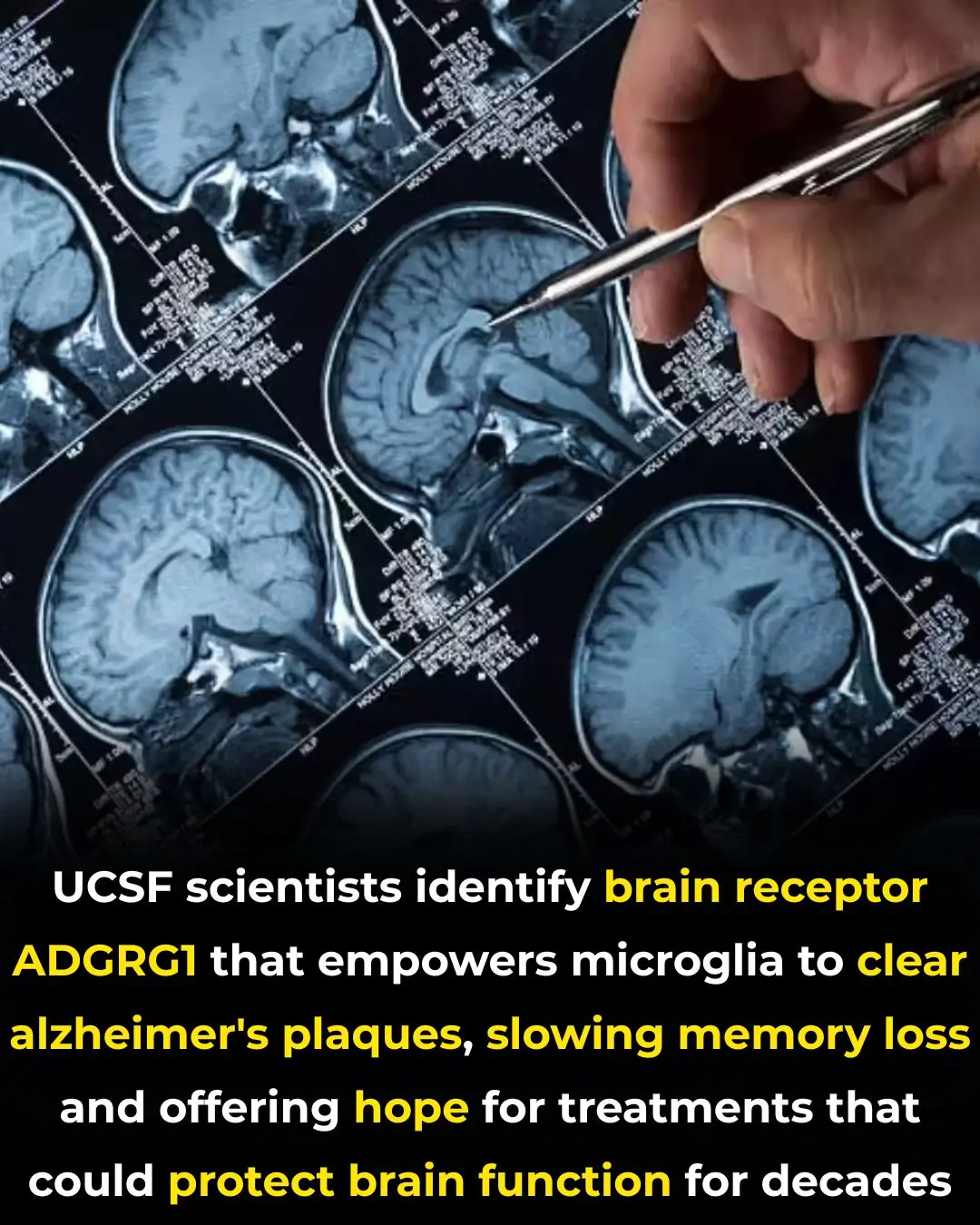
Scientists Discover a Brain Receptor That Acts as a Natural Shield Against Alzheimer’s
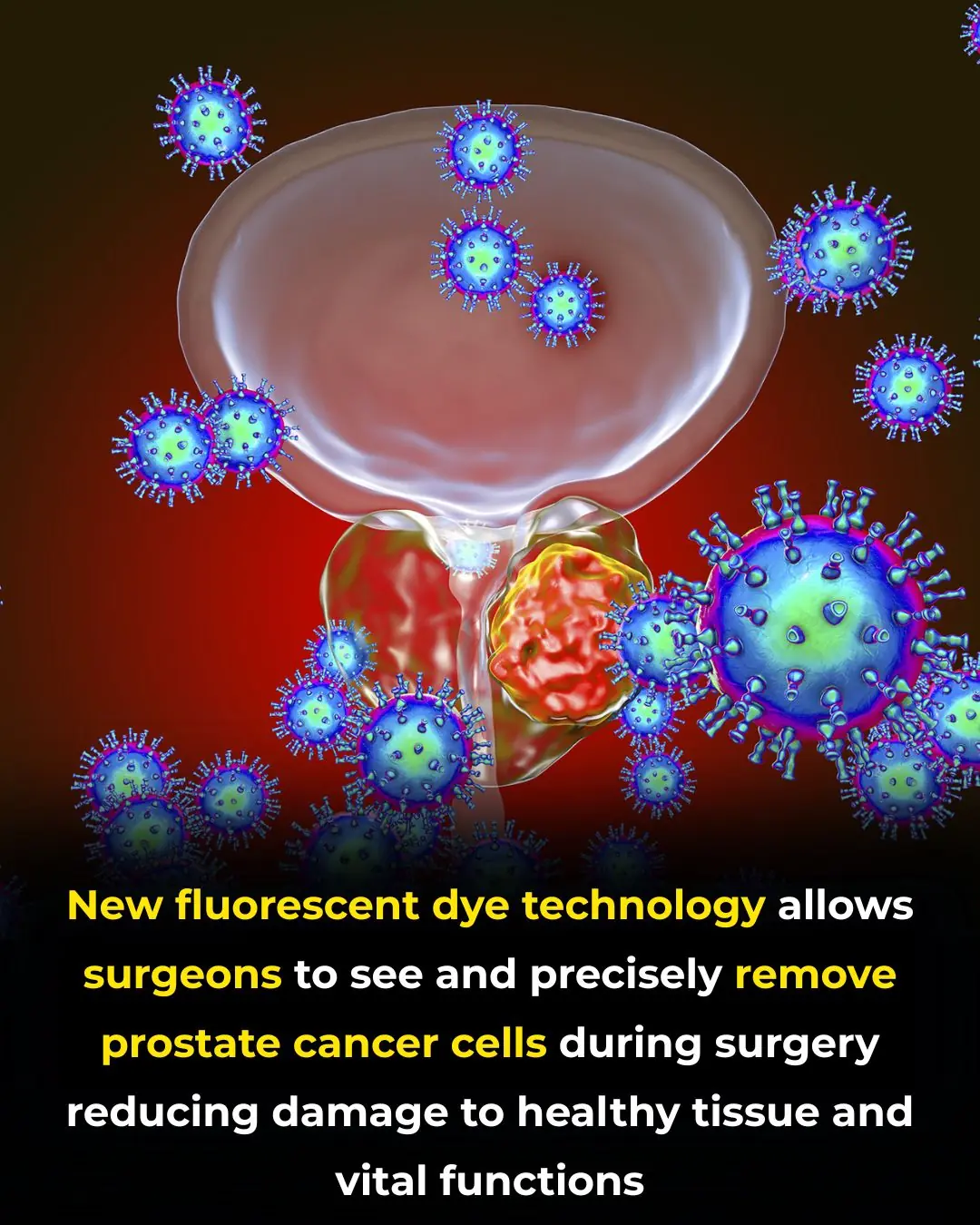
A Fluorescent Breakthrough: New Dye Helps Surgeons Precisely Target Prostate Cancer

The Shocking Secret of Spider Flight: How Electric Forces Lift Them Into the Sky
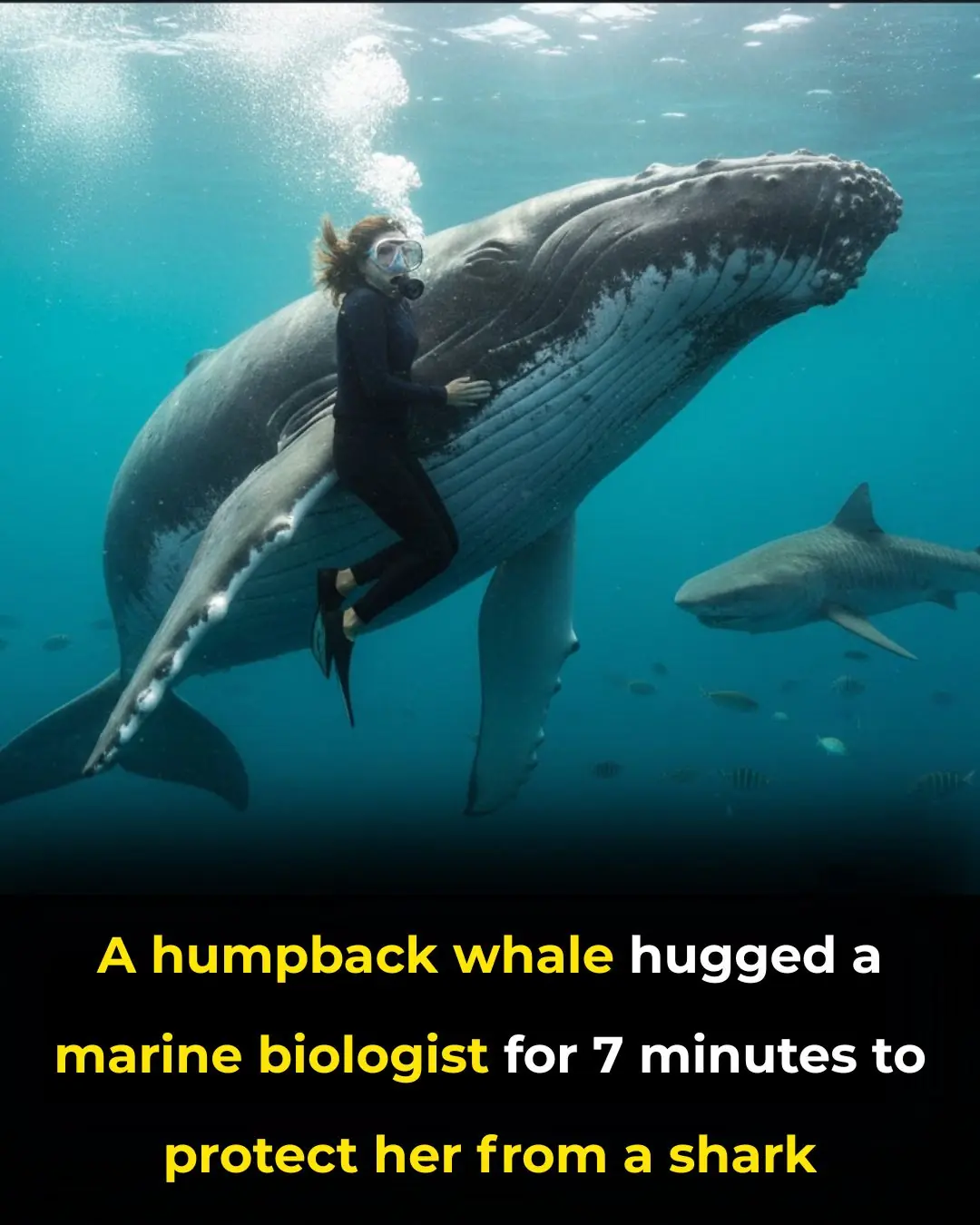
When a Humpback Whale Became a Hero: The Extraordinary Rescue of Marine Biologist Nan Hauser

🤯 Beyond the Void: How Quantum Physics Suggests the End of Life Is an Illusion
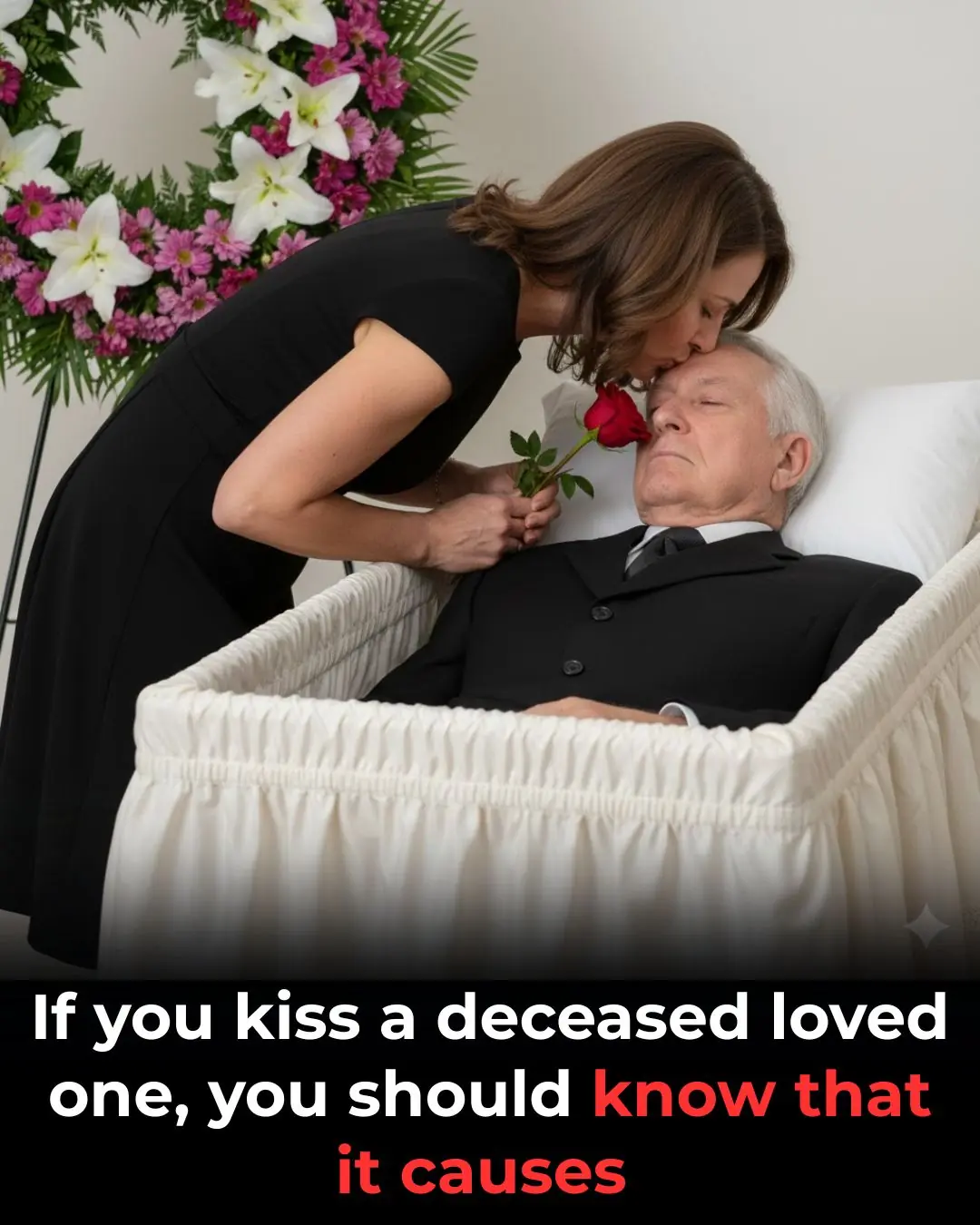
If you kiss a deceased loved one, you should know that it causes ...

When a Woman Bites Her Lip While Staring at You, It Means She Is ...

3 flowers that make snakes tremble with fear — beautiful and safe to plant around your home

Meet Jonathan: The 192-Year-Old Tortoise Who Has Witnessed History and Continues to Inspire
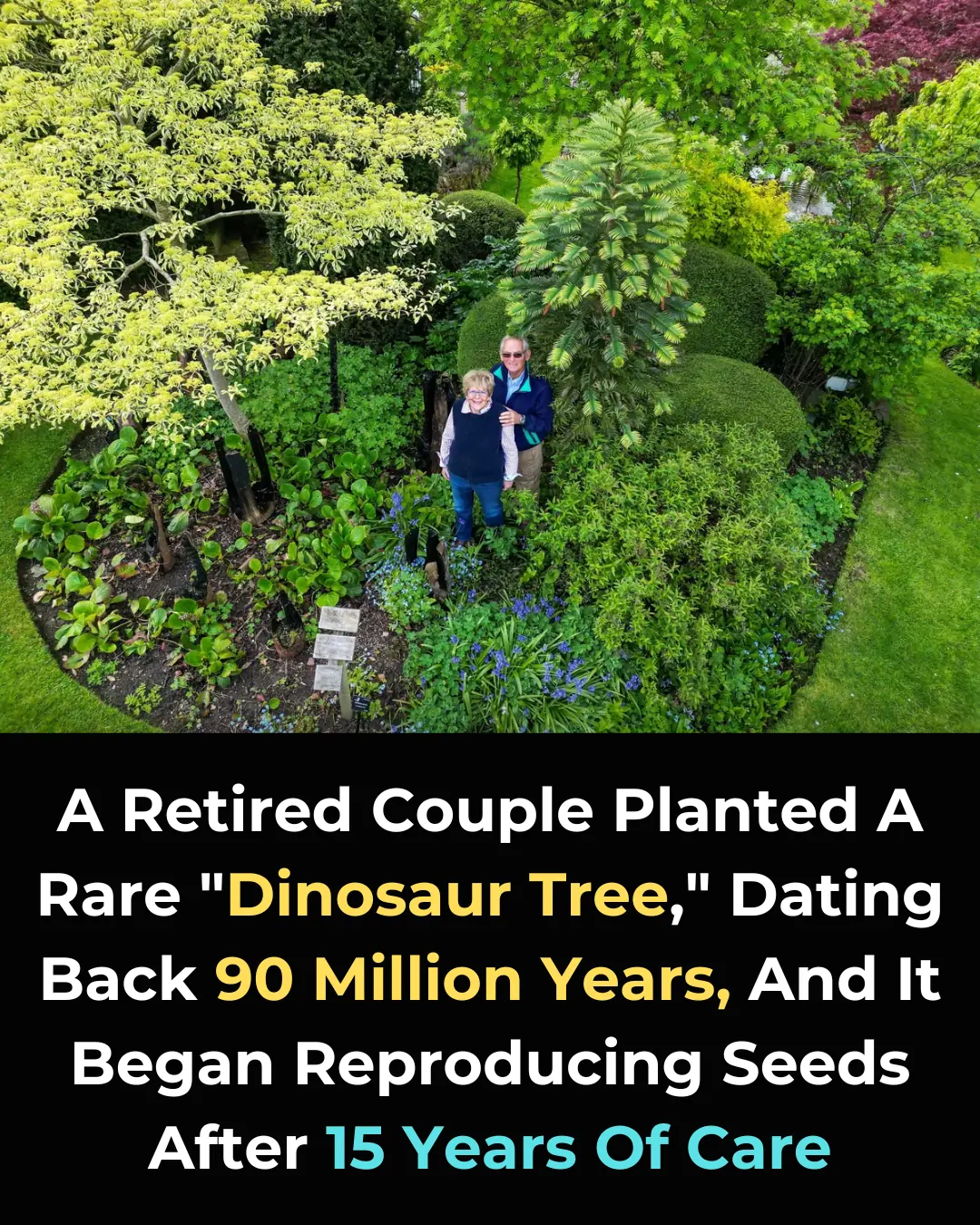
Retired Couple in UK Successfully Nurtures 90-Million-Year-Old Wollemi Pine, Leading to Its First Reproduction Outside Australia

Stem Cell Therapy for Type 1 Diabetes Shows Promise in Human Clinical Trials
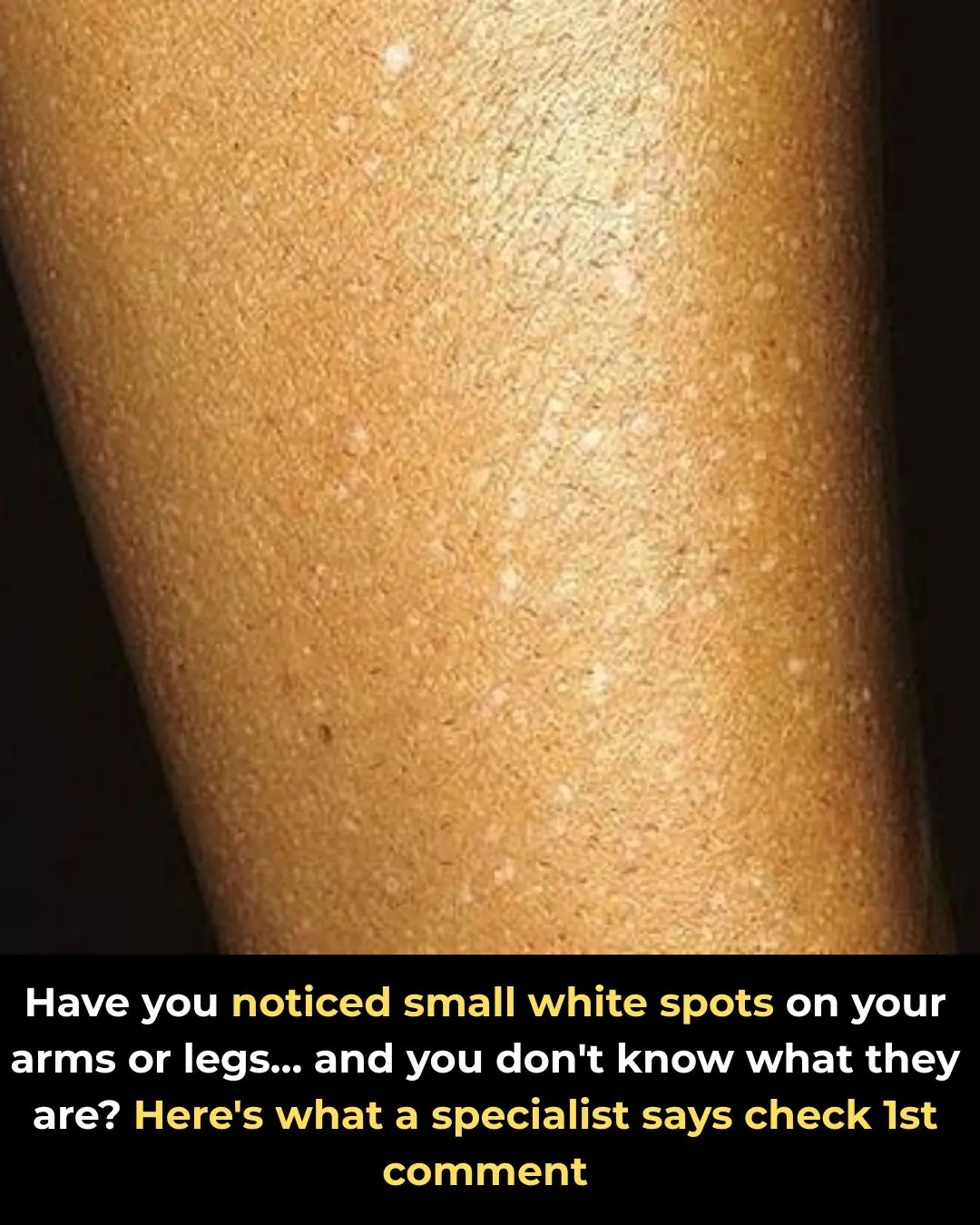
Have you noticed small white spots on your arms or legs… and you don't know what they are?

How Guyana Became the Only Nation Fully Self-Sufficient in All Seven Major Food Groups
News Post

Why Do We Get Shocked by Static Electricity

What Clearing the Table Says About You

The Magic of Lemon Juice and Activated Charcoal: Natural DIY Solutions for Skin and Teeth

Improve Eyesight Naturally With Onion Tea: Benefits, Uses & How to Make It

Make your own biotin powder for glowing skin

Roll your feet daily—unlock rapid healing throughout your body!

Diabetes? Just boil these leaves to lower blood sugar (without medications)!

How to Get Rid of Bad Breath (Halitosis): Scientifically Proven Home Remedies

What is their purpose in doing so?
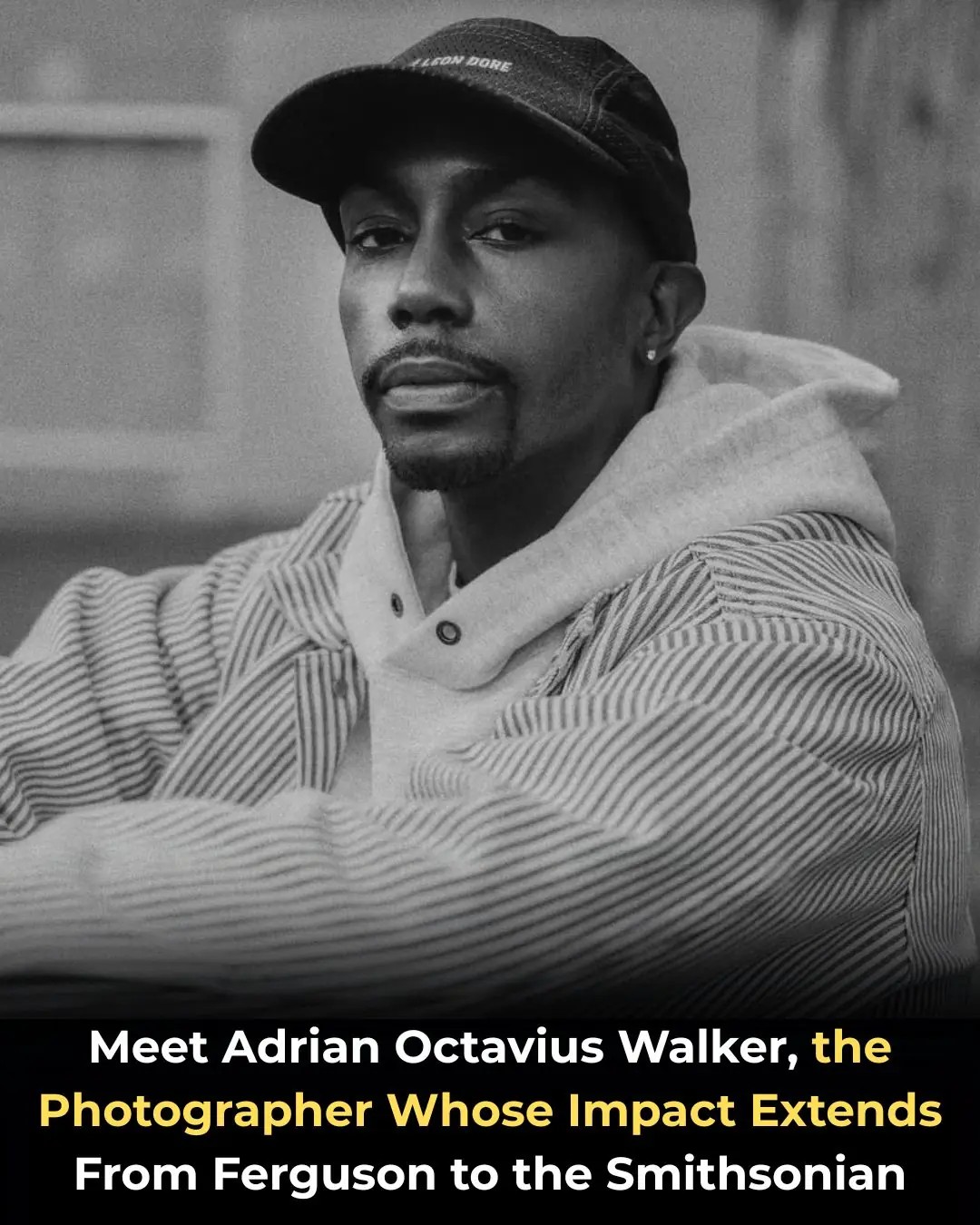
Meet Adrian Octavius Walker, the Photographer Whose Impact Extends From Ferguson to the Smithsonian
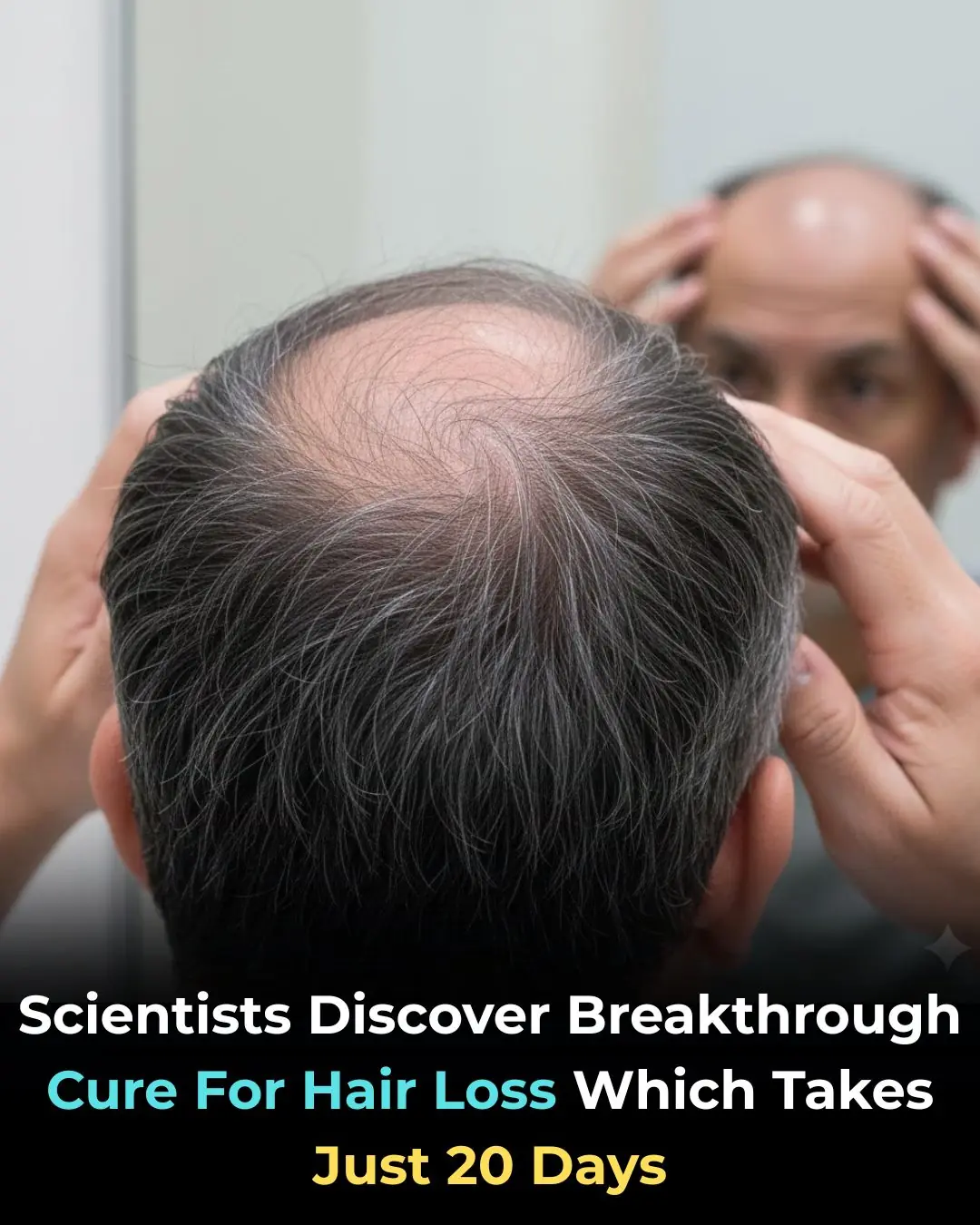
Breakthrough Hair-Loss Treatment

Which Raw Food Would You Eat
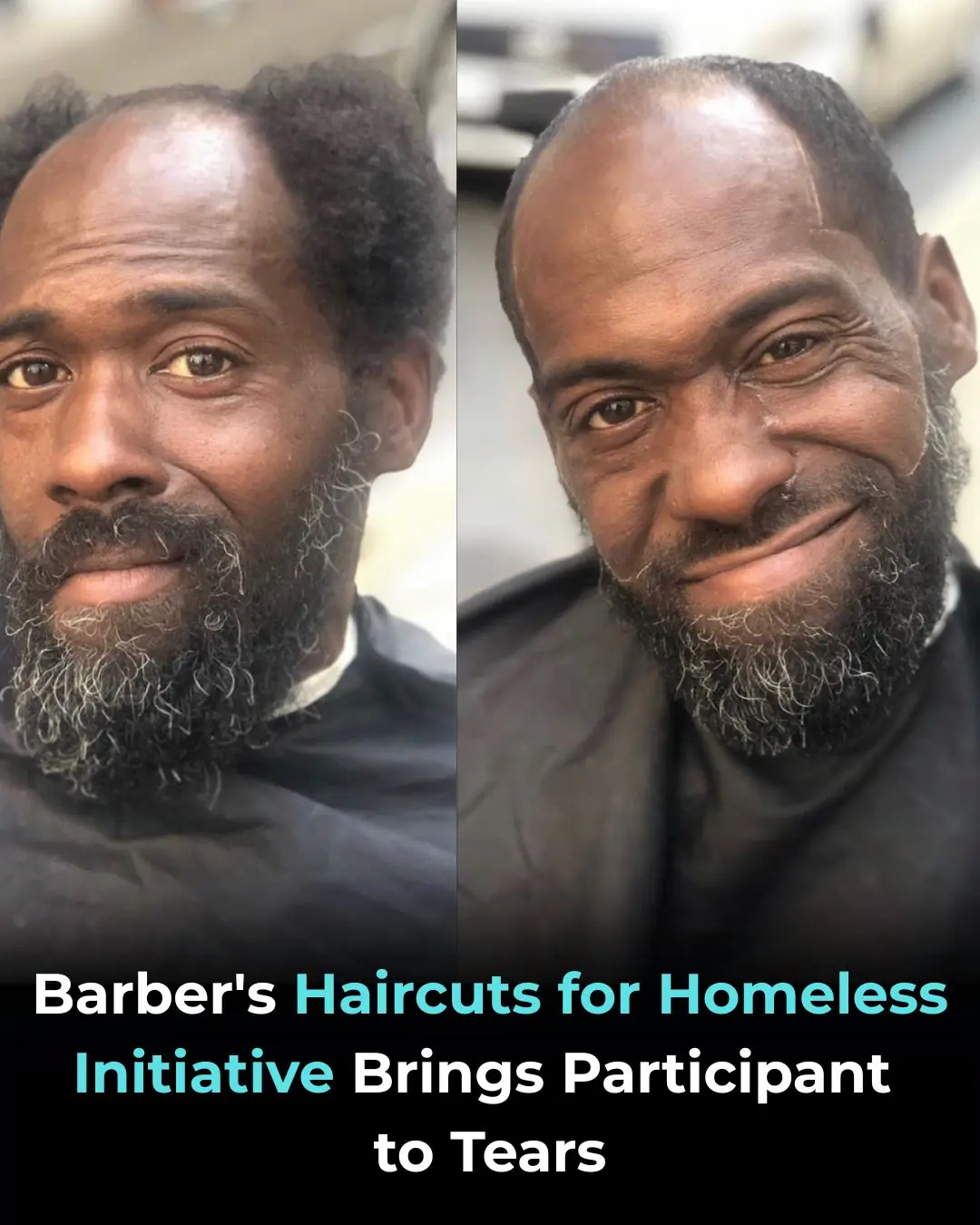
Barber’s Haircuts for Homeless Initiative Brings Participant to Tears

Oprah Winfrey Selects Tina Knowles’ Memoir ‘Matriarch’ for Book Club in a Tearful, Powerful Moment

Common Remembers The Time He Told Chance The Rapper To ‘Keep Following His Dreams’

Potato Toner for Clear Skin, Dark Spots, and Pigmentation: A Comprehensive Guide to Restoring Your Natural Glow

Add This Oil to Vaseline To Get Rid Of Wrinkles

DIY Okra-Based Keratin Treatment for Silky, Strong Hair: Transform Your Hair Naturally At Home

Homemade Aloevera Gel – How to Make Aloe Vera Gel at Home
